Part Of A Japanese Student's Daily Routine Is Cleaning The School After Classes
There is a tradition, that after classes, students remain at school to clean it. At the end of the day, students spend about 15 minutes vacuuming, sweeping, and cleaning various spaces in the school. It is believed that it helps to promote students' understanding of life skills such as personal responsibility. It is also an opportunity to engage with other students that are not classmates and spend time with teachers in a less formal environment. Students become aware of cleanliness and don‘t make such a mess in the first place because they know they'll have to clean it themselves. Just 15 minutes a day have a huge impact so that a child will grow up into a more responsible and respectful adult.
Japanese Football Fans Stay After The Game To Help Clean The Stadium
The world was so impressed when Japanese football fans stayed after the games during the World Cup 2018 and helped stadium workers clean up. They did that regardless of whether Japan won or lost. It’s actually part of their culture, as cleaning up is a part of their school lives, so the habits learnt at a young age stick with them through adulthood.
In The City Of Shimabara, In The Street Drainage Canals, Water Is So Clean That Koi Fish Live In It
Because of the volcanic activities of Mount Unzen, there was a earthquake and tsunami in 1792, which triggered fresh water springs that now flow through the city of Shimabara on Japan’s Kyushu island. The water was so clean that in 1978, authorities decided to release colorful koi fish into the 100-meter-long waterway. It is even more amazing when you know that koi fish can survive only in extremely pure water, so that proves the quality of the water and it is just so cool to look at.
Japan Is A Super Clean Country
The cleanliness on the streets, in buildings, and on public transportation may surprise you if you’re not used to it, but in Japan, cleanliness is a lifestyle. What is more, spaces are kept tidy not by hiring more staff to do it, but the residents themselves keep it that way. Japanese people are taught from a young age to clean up after themselves. For 12 years while they’re at school, cleaning their environment is a part of the daily routine, so the habits the Japanese acquire remain their whole lives and even if they aren’t really up to cleaning, they still do it out of a sense of duty and responsibility.
There Are More Than 6,000 Manhole Covers Decorated With Art In Japan
The Japanese have managed to make boring and unattractive things such as manhole covers into something you can call art. There are thousands of different designs: different municipalities have their own unique ones that you can't find in other places, reflecting their local culture. In the 1980s, Japan installed new sewers countrywide and to generate some PR around this project, local municipalities decided to decorate the access points with beautiful covers. The craze took off and now there are almost 6,000 artistic manhole covers through the country.
Many Toilets Have Sinks Attached To Their Tanks To Save Water
There are many toilets in Japan that have sinks attached to their tanks. A person can wash their hands with clean water, which then goes to the tank and they flush the toilet with the same water they just washed their hands with. It’s such a simple, yet clever way of saving water.
In Japan, Cars Are Usually Parked In Reverse And Always Between The Lines
There is an unwritten rule that people park only in reverse and then leave their parking spot going forward. That is because Japan is so densely populated and parking spaces are small, so it is safer for them when leaving a space for a driver to be able to see oncoming traffic and not to worry about pedestrians that you accidentally may not notice. Also, because of the limited space, drivers park their cars very neatly between the lines.
Many Public Toilets Have Baby Holders In The Stalls
Many public toilets have baby holders attached to the wall so your hands are free and you can keep your eyes on the baby the whole time without fear of them running off or getting in some other trouble.
Some Bathrooms Have Electronic Maps Showing Which Stalls Are Occupied
When you enter some bathrooms in Japan, you can see an electronic restroom map showing which stalls are occupied and which are open. Furthermore, these screens show if the toilet in the stall is squatting or not. It’s a really useful idea saving people the awkwardness of checking which stalls are free, especially if the doors are closed.
Japanese Researchers Developed Ice Cream That Won’t Melt For Hours
Researchers in Japan discovered an ingredient that helps ice cream to not melt as fast. The ice cream innovation is called Kanazawa Ice and the secret ingredient is strawberry polyphenols, which was discovered by accident. This type of ice cream is already being sold in some places and the dessert can maintain its shape up to several hours.
In Some Hotels, Lamps Have Different Brightness For Double Beds
Some hotels have lamps that can be half-lit, so if one person needs light and the other doesn’t, they can keep only their side on and less light will be directed to the person who is ready to go to sleep.
There’s An Island With Hundreds Of Rabbits
The small Ōkunoshima island in Japan is often also called Usagi Shima, which literally means “rabbit island.” It gets that name because it’s largely populated by rabbits. It is forbidden to hunt them and you’re not allowed to bring cats or dogs on the island. People guess that rabbits occupied the island when children released a few pet rabbits when the islands were evacuated in the 1940s, or that the rabbits are escaped test subjects from the island’s former toxic gas production labs, as there was a secret poison gas factory built on the island at the start of the 20th century.
People Queue Up In Lines And Can Wait For Long Periods Of Time Patiently
Japanese people are known for their discipline, and that includes queueing up too. To buy something or get a service, Japanese people line up and maintain order, even if it’s for long periods of time; no one is pushing or yelling, no matter if it’s a three-person line to get ice cream or in crowded train stations. There are actually signs on platforms that show you how to line up, and people follow these to maintain order.
Ground Staff Will Wave Goodbye Until The Plane Is Ready To Take Off
In Japan, the ground staff, working to help the plane to take off, often waves the passengers goodbye until the plane is on its way.
In Japan, You Can Find Cane And Cup Holders Next To An ATM
Next to an ATM, you can find this strange-looking contraption. It’s meant for you to put your cup in, or for elderly people to prop their cane safely so it won’t fall down while they're taking some cash. It’s nice that services think about it, as nearly a third of Japan’s population is people older than 65 years old.
There Is Approximately 1 Vending Machine To Every 23 People In Japan
Japan has the highest density of vending machines in the world. There is approximately 1 vending machine to 23 people. And you can find anything from drinks and candy to hot food and alcohol. Sociologists and economists have offered potential reasons for why there are so many vending machines. Firstly, it’s cheaper to own a vending machine than a shop, because of cost of labor and expensive real estate, and because of the low crime and vandalism rate, companies don’t have to worry about that.
You Can Find Watermelons In The Shape Of A Cube In Japanese Stores
To get the cube shape, the watermelons are grown in boxes and they take the shape of the containers. The idea came so that it would be easier to store them in the fridge and easier to cut without them rolling around. Although the cube watermelons were meant to be more practical, now they are essentially ornamental and it’s not an everyday fruit as it can cost up to $100.
In Tokyo's Narita International Airport, There Were Phone Wipe Dispensers For A While
Phones can carry even more bacteria than a toilet seat and we are constantly touching them or bringing them to our faces. That is why the Japanese thought it would be a good idea to have phone disinfecting wipes in bathroom stalls. These were installed in Tokyo's Narita International Airport. The dispensers dubbed ‘toilet paper for smartphones’ were set to remain in place until March 15, 2017.
There Are More Than 300 Pedestrian Scrambles In Japan
Pedestrian scrambles or diagonal crossings are very common in Japan. There are more than 300 such intersections. Japan's largest, and most famous, diagonal crossing is found in Tokyo, outside Shibuya station. Over 3,000 pedestrians can cross during the two minutes of green light and it is one of the most well-known pedestrian scrambles in the world. It is so popular that it has become a symbol of Tokyo and Japan as a whole.
Popular Accommodation For Short Visits Is Capsule Hotels
The first capsule hotel was opened in 1979 in Osaka. It is a type of hotel that provides bed-small rooms. They are cheap, usually to stay just for the night, and most often used by Japanese businessmen. Capsule hotels are usually found not too far from the major train stations in large cities. Capsule hotels have washrooms, toilets, and showers, but these are shared among all the guests. Also, there are other services like restaurants, game rooms, or manga libraries.
It's Common And Sometimes Required To Leave Your Umbrella Outside In A Stand
From the beginning of June to mid-July, Japan enters the rainy season, tsuyu. Then, no one is seen without carrying an umbrella. But the wet umbrellas can make a mess when you take them indoors, and it’s extra baggage you have to carry, so the Japanese have a solution for this inconvenience. Stands for umbrellas are very common; they stand outside buildings and it can be even required that you leave your umbrella there. Many hotels, sports centers, and government offices even provide brolly lockers so you don't have to worry that someone will take it.
Napping At Work Is Considered Acceptable
Sleeping during work is normal and acceptable in Japan. If in other countries, that would get you fired, in Japan, it is seen as a good sign that shows dedication to the work and that the person worked themselves to exhaustion. The companies may see it as a good thing, but Japanese are the most sleep-deprived nation in the world. People take naps not only at work, but wherever they can. It’s so widespread that there is a word for this phenomena – inemuri.
Restaurants Display Fake Food In Their Windows To Attract Customers
Many restaurants in Japan will attract their customers by displaying examples of their delicious food in their windows. But those mouth-watering dishes most probably are made of plastic. The food replicas cost more than the dishes themselves, but they last for a long time and don’t lose their tasty appearance. Previously, the fake food was made out of wax, but currently non-biodegradable polyvinyl chloride (PVC) is used.
Japanese Keep To The Left Side On Stairs And On Escalators
In most of the cities in Japan, when you are facing a staircase or an escalator, you walk up or down the left side. There is also such a thing as escalator etiquette that you don’t stand in the middle, but on the side instead. Usually you stand on the left side and leave the right side for people who hurry and walk up and down the excavator. However, recently, many subway stations banned walking on escalators.
When You Use The Restroom In Someone’s Home You May Need To Put On Designated Bathroom Slippers
You will notice a common trend through this list that Japanese are quite obsessed with keeping everything clean, to the point that they have separate slippers dedicated solely for the bathroom. These slippers are worn to the toilet only, because even if you can’t see the germs, that doesn’t mean that they are not there and you wouldn’t want to spread them throughout your whole house.
You Can Find Foot Baths On The Streets And They Are Usually Free
A popular onsen type in Japan is ashiyu, or foot bath. Foot baths are different from regular onsens because you can find them literally on the street. Usually they are free, or cost just a few dollars. The hot spring tub comes up to the knees, you don’t need to take off all of your clothes, but you still get the benefits of the hot spring experience. It is also great for people who can’t handle heat very well as it’s not as strong as a standard hot spring.
A Traditional Christmas Dinner Is Considered Chicken From KFC
In Japan, the traditional meal for Christmas is KFC. It is estimated that every year, 3.6 million Japanese families chose fried chicken from this American fast food brand. There are several origin stories as to how the idea was born to make eating KFC a Christmas tradition, but what is for sure is that the campaign started in 1974 and it was successful.
Some Urinals Have Mini Games
In some Japanese urinals, there are mini games installed, controlled by a player’s urine stream. The urinal is installed with pressure sensors and the screen with the game is mounted on the wall. The purpose of the Sega Toylet games was to encourage urinal users to be more accurate in public bathrooms and leave them less messy.
Japan Has Restaurants Where You Are Served Canned Food
Japan has unique places to eat, like maid cafés or other themed restaurants. One of the most unusual places is a tiny food bar, Mr. Kanso, which serves 300 different kinds of canned foods from all over the world. There is no chef, no menu, no kitchen or waiters, and the prices vary depending on how rare the canned food is. You can find canned egg omelet, bacon with potatoes, rice, tuna, Japanese curry, or egg cakes.
More Adult Diapers Are Sold Than Children Diapers
More adult diapers are sold in Japan than baby diapers. The reason for this is that the population is getting old—almost a third of Japanese people are over 65 years old. Also, the birth rates are low: the birth rate in 2020 was 7.301 births per 1000 people, which is 1.3 percent less than in 2019. For comparison, the birth rate in the US in 2020 was 11.990 births per 1000 people, which is 0.09 percent more than in 2019.
There’s A Robot Restaurant In Tokyo
The robot restaurant is one of the most popular tourist attractions in Tokyo. It’s not your traditional Japanese restaurant, but rather a spectacle and the food here is secondary. The shows are loud and wild and they are changed every month, along with costumes and music. The shows are exciting, with bright lights, although not recommended for people sensitive to flashing lights. And, of course, everything is robot-themed.
Smoking Indoors Is Prohibited, But There Are Some Trains That Have Designated Smoking Passenger Wagons
In most crowded outdoor areas in Tokyo, it is prohibited to smoke and there are designated areas for that. In April of last year, a law prohibiting smoking indoors came into full effect. Exceptions apply to private homes, hotel rooms for smokers, and cigar bars. Smoking is also prohibited in such public closed spaces like trains, buses, and airplanes, but there are some trains that have designated smoking passenger wagons.
Maid Cafes Are A Popular Type Of Cafes In Japan
The first permanent maid cafe was opened in the Akihabara area in Tokyo in March 2001. These types of cafes are predominantly found in Japan. They have a unique service system. The waitresses are dressed in maid costumes, which usually are based upon French maids, and act as servants for their masters and mistresses. They have some distinctive rituals, such as greeting customers with "Welcome home, Master (Mistress, My lady)!" Although people go to maid cafes for the experience, you can find menus that are similar to ordinary cafes. However, maids will decorate a customer’s order with cute pictures or sayings.

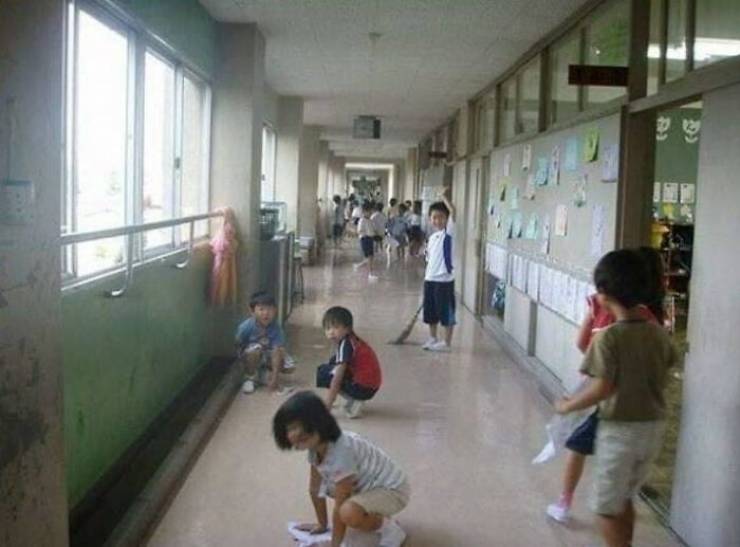

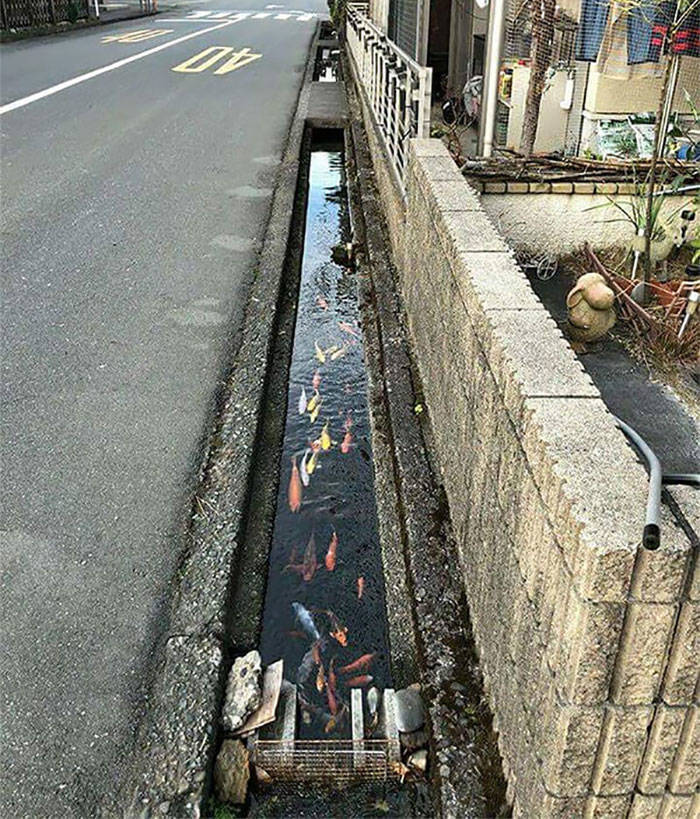
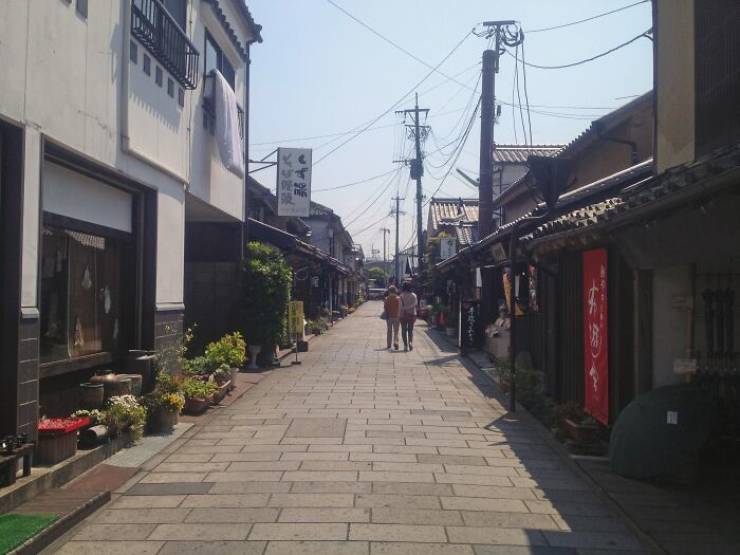
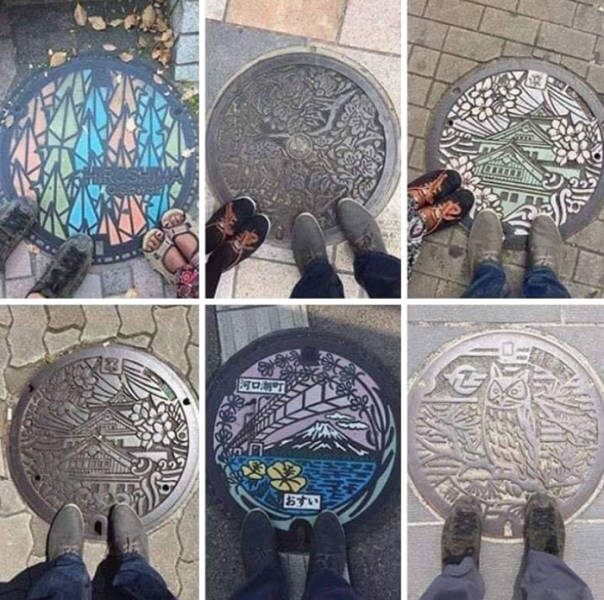
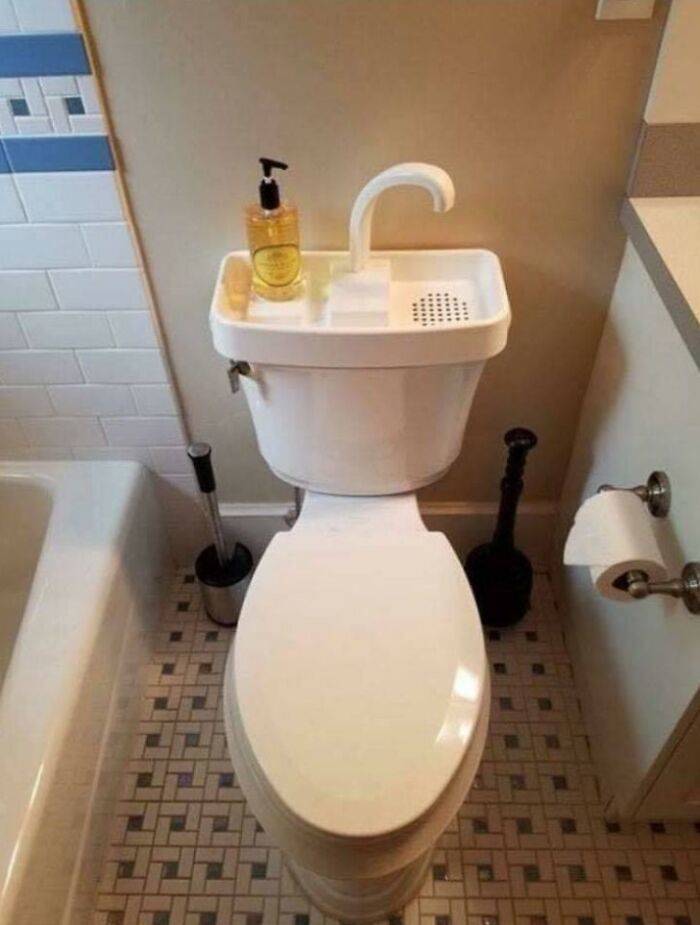
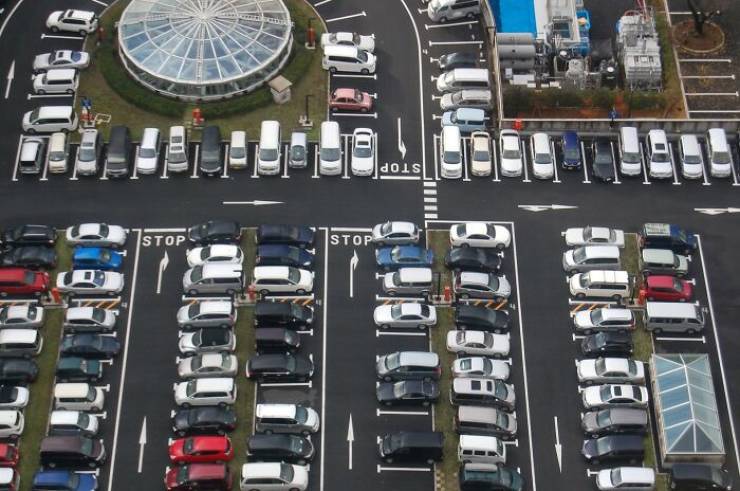

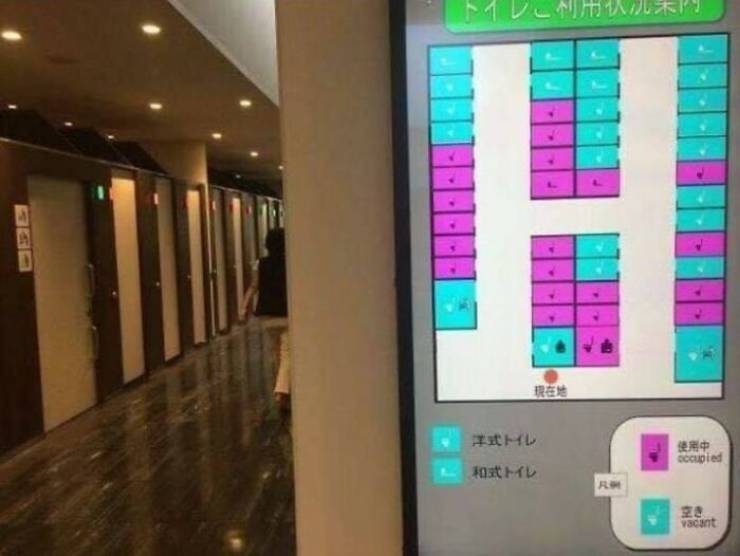
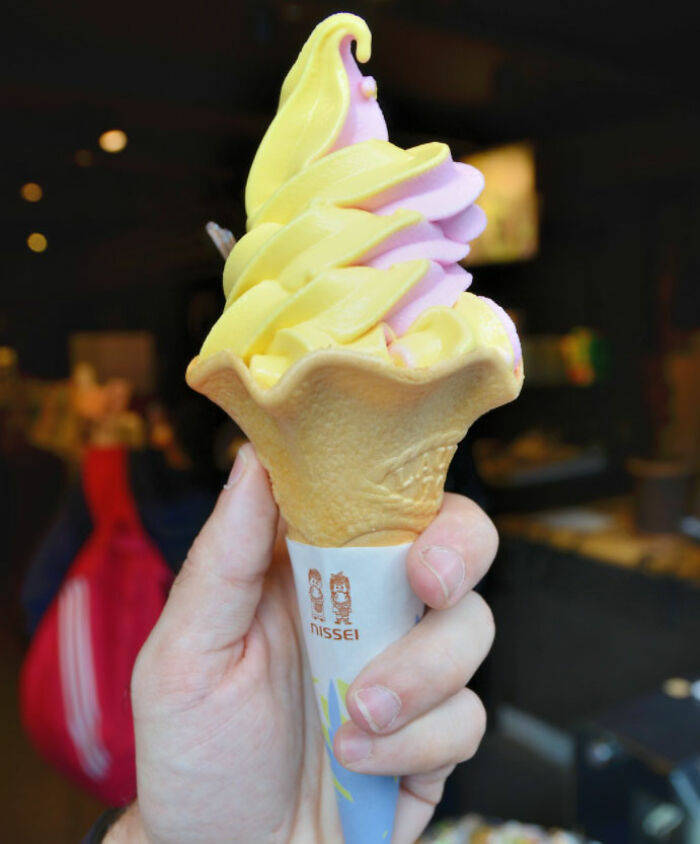


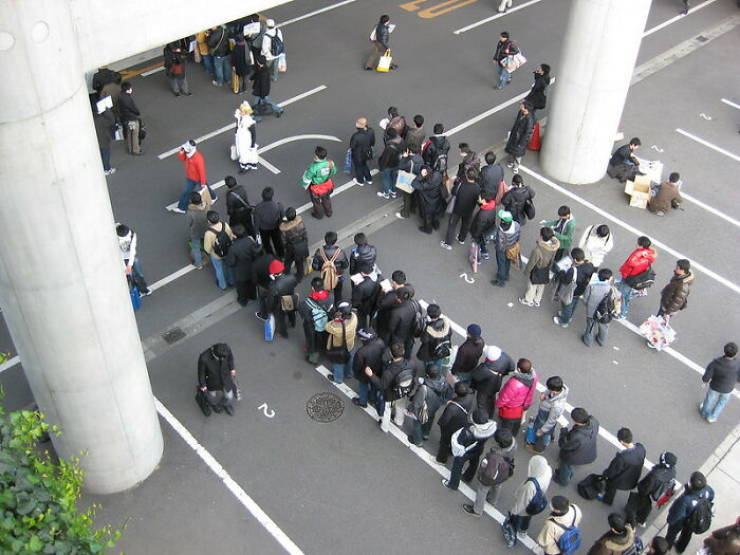
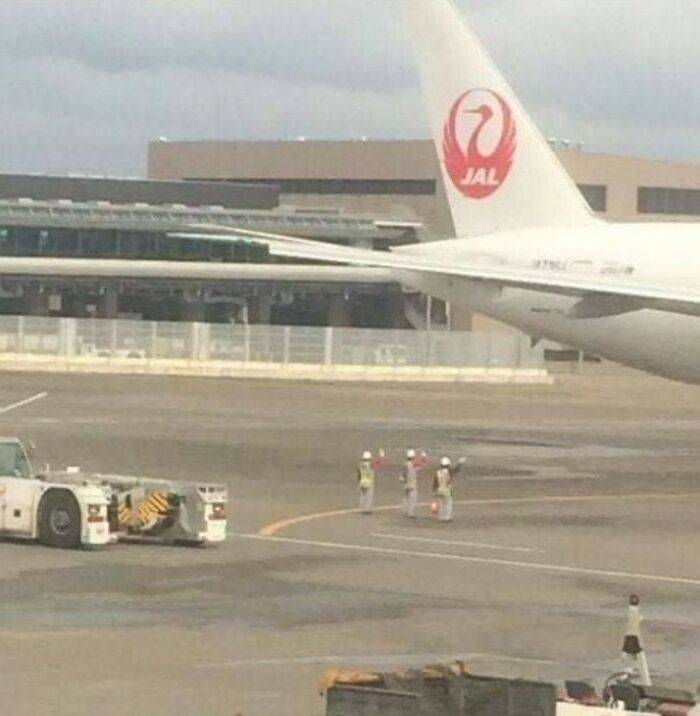
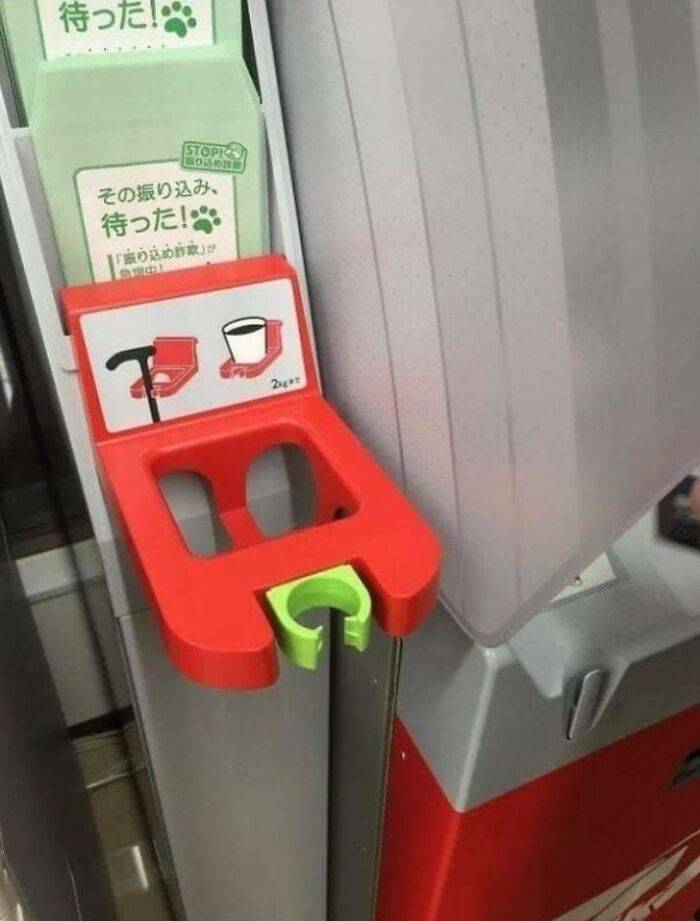
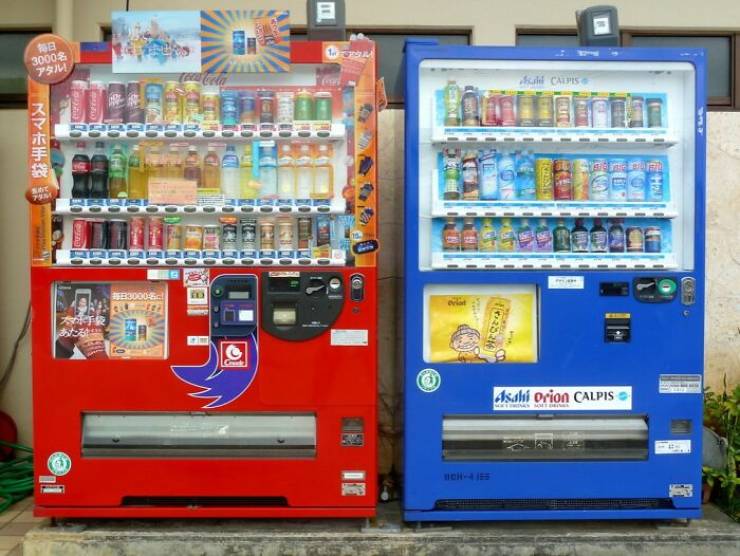
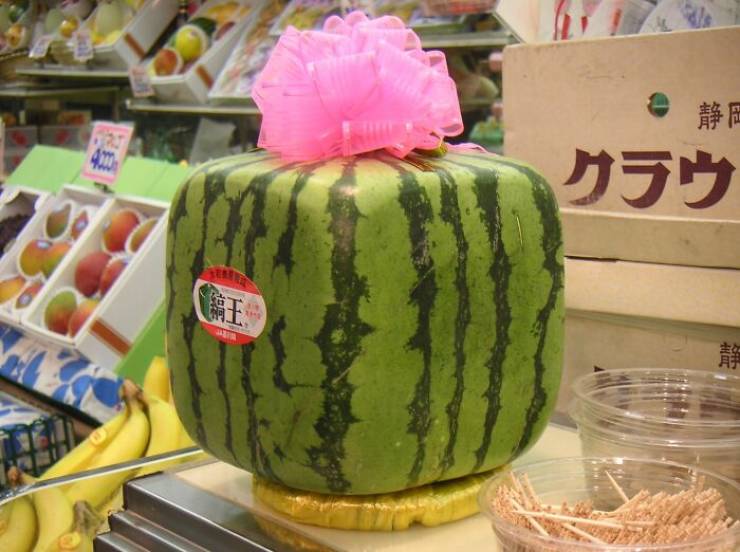
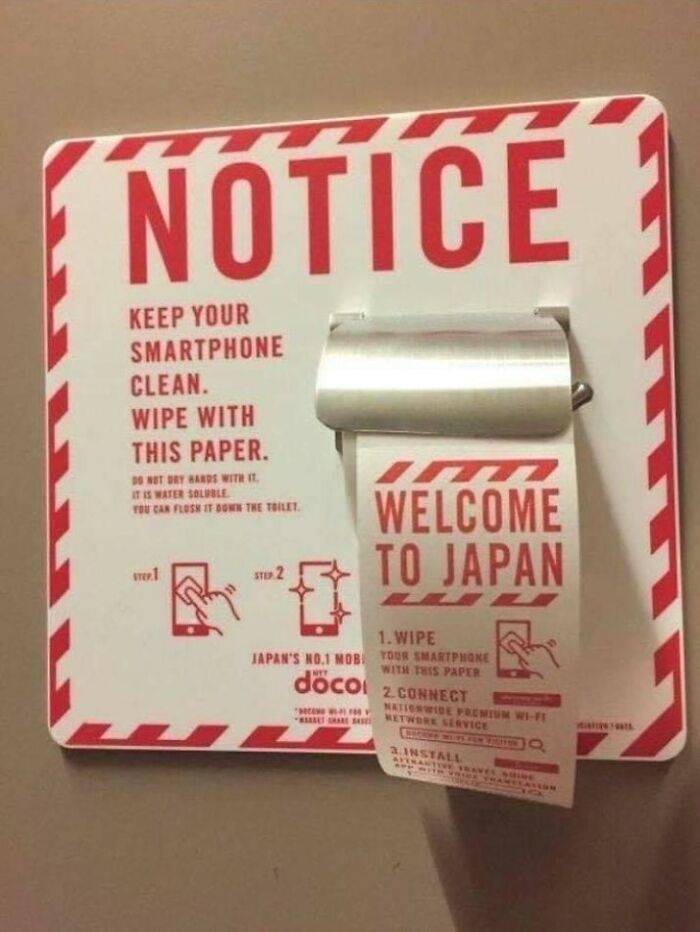
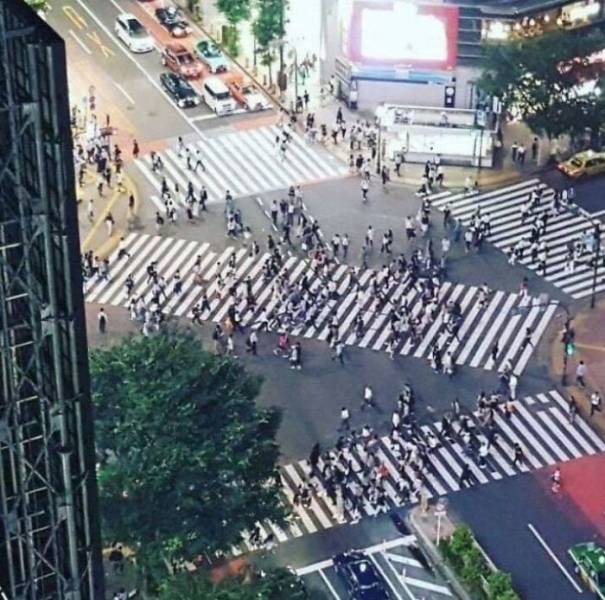
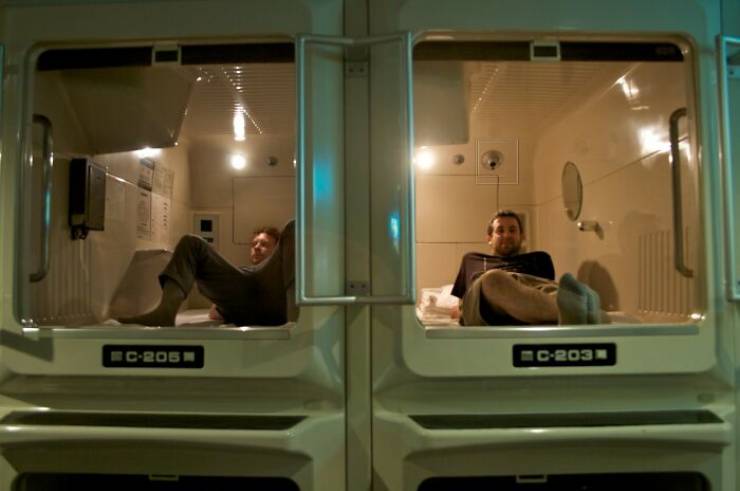
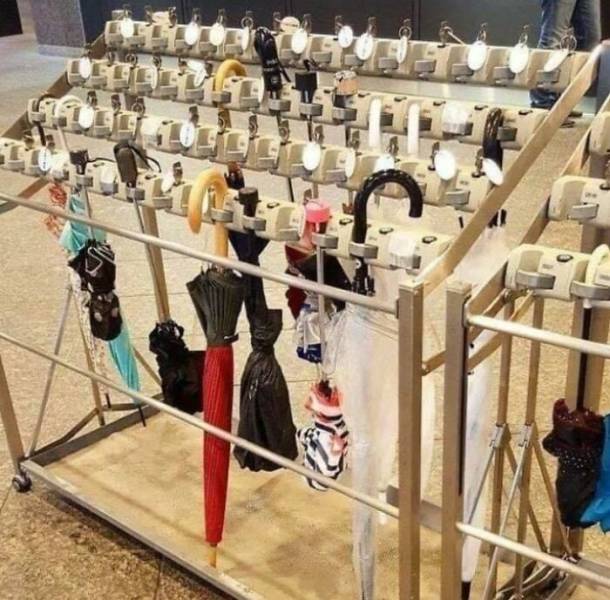

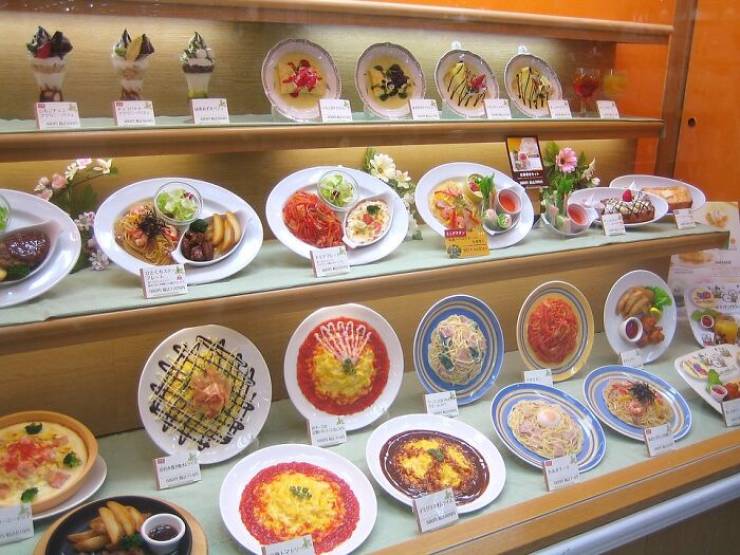
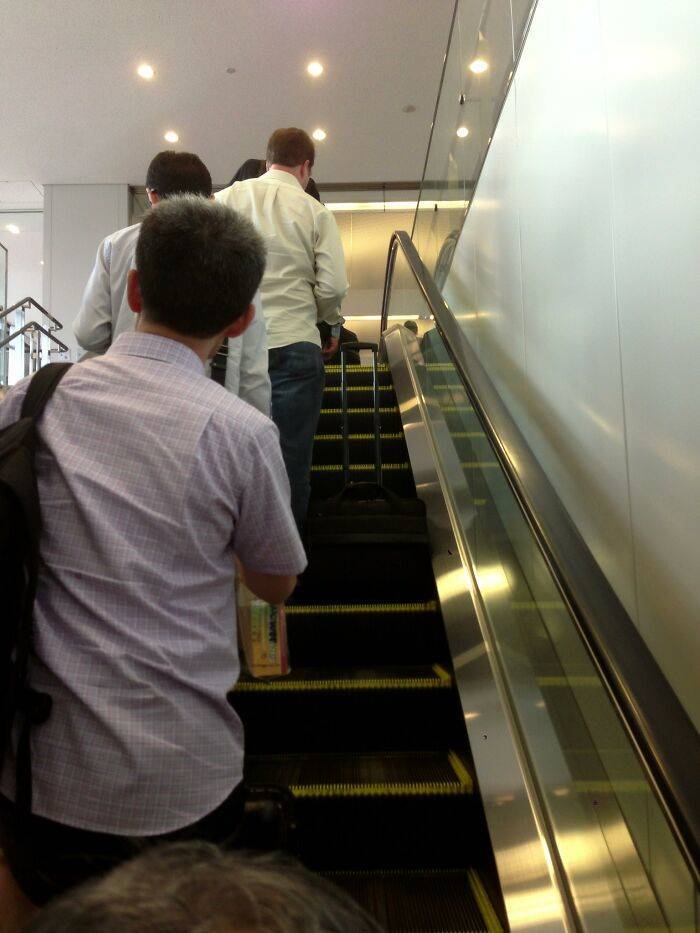
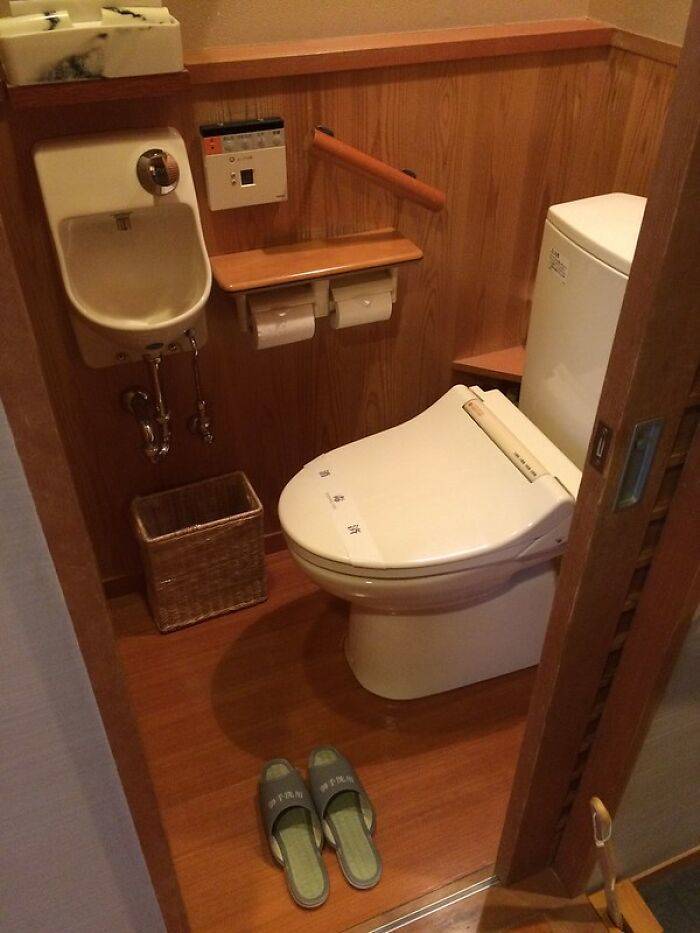
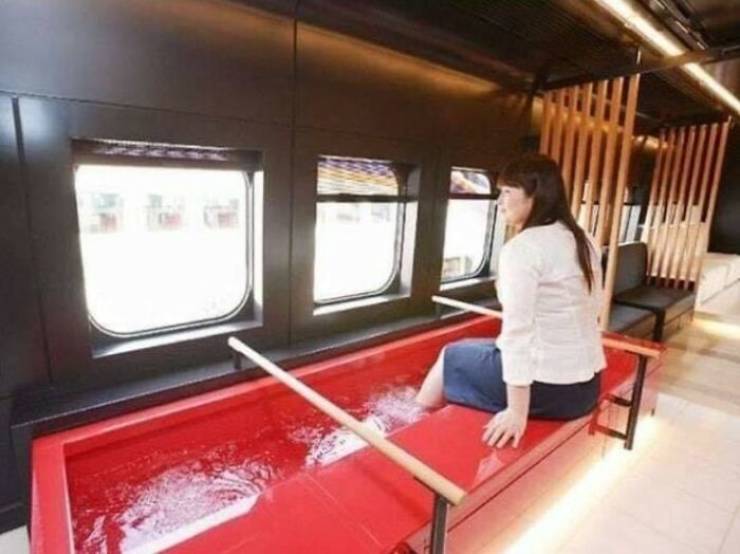

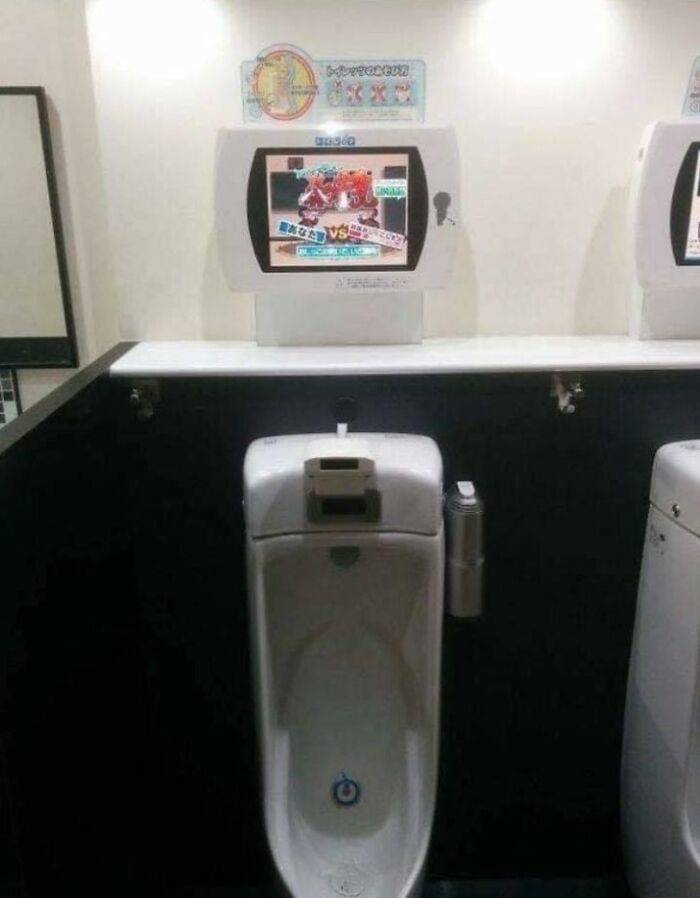
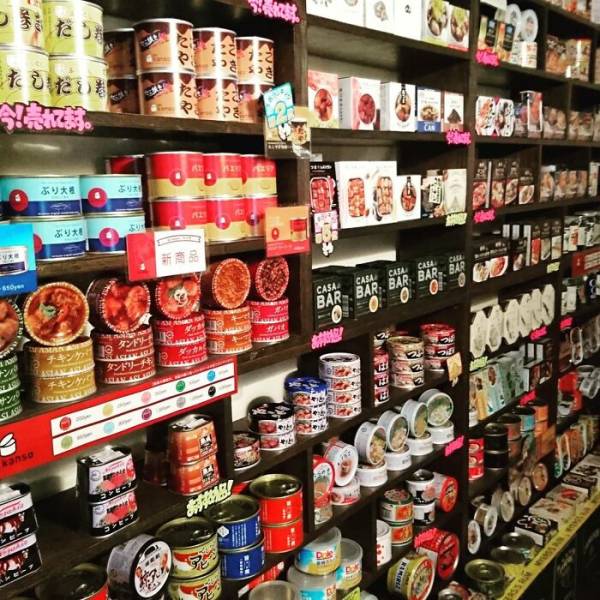
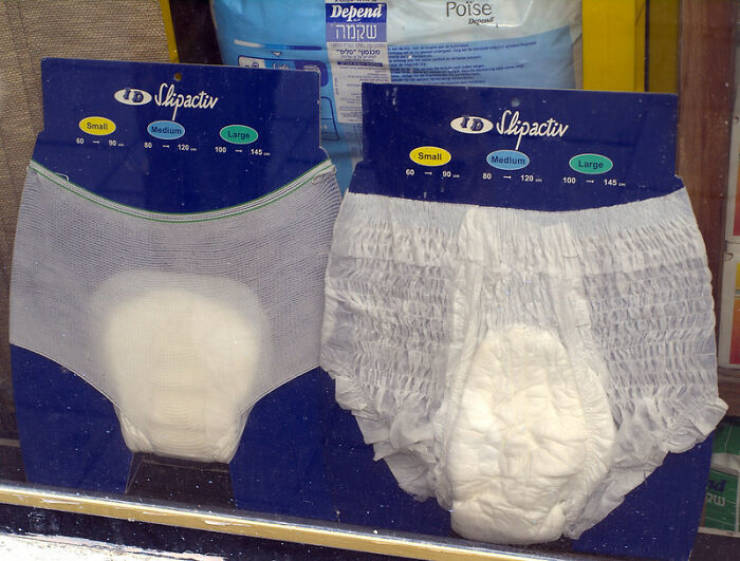
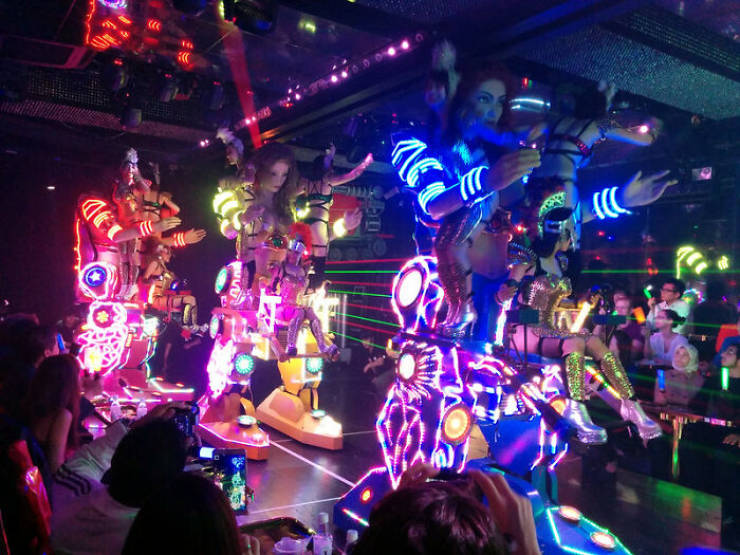

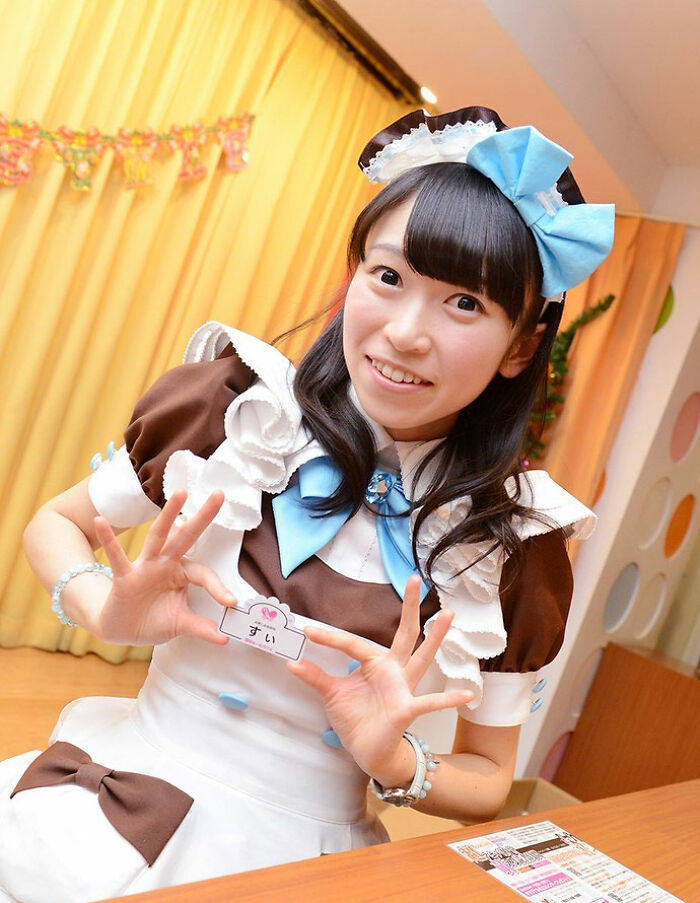



Beautiful woman's what in Japan? Don't keep us in suspense, man...
I totally read that wrong the first time around. I was like, jeez what's your problem with koi?... Oh carp, gottcha!
Not true.
They have a saying, Japanese girls are cute; American girls are beutiful
sweden, japan, norway, spanish, france, ukraine... but americans???
i totally get why they've never wanted outsiders there, they may very well be the last civilized people on the planet
... those civilized people were practicing cannibalism during WW II. Give 'em a chance and they will eat brain of live people again, no ifs or buts about that.
Or cows, sheep, pigs and chickens. Just saying ... glass houses.
Comparing cows, sheep and chickens to Whales and Dolphins is a little dim.
Still.. Japans kinda pretty. Way too many people though
that's a lie unless you were in a porn store. they don't just sell underwear on the streets,
Lily,
I didn't see any nipples. Where ? WHERE ?
Nippon is the name of their country.
Not sure why we even all it Japan.